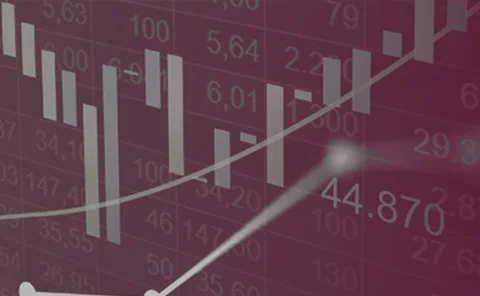Currency 2021
Cash, not trash: the second lives of substrate
Central banks and their banknote providers are taking a range of approaches to recycling cash
Currency Benchmarks 2021 report – ensuring confidence in the cash cycle
Perspectives on staffing, circulation, forecasting, substrate choice and security features, outsourcing, access to cash and climate risk
Most currency departments operated remote working models during pandemic
Many central banks employed a split team structure to ensure critical functions were maintained
Advanced economies more likely to outsource counterfeit detection
Emerging market economies more likely to outsource distribution
Central bank currency department costs on the rise
Majority of central banks’ budgets have also increased over the past five years
Higher-denomination banknotes have longer lifespans
Median correlation was 0.9 across 22 central banks
Banknote demand forecast to rise in 2022
Median forecast percentage change was 7.6%, but ranged from -59% to 17%
Half of central banks quarantined banknotes during the pandemic
But only 37% ran a study relating to Covid-19 and banknotes
Banknote forecasting with big data tools on the rise
Three-quarters of central bank currency departments yet to use big data
Emerging economies more likely to employ access-to-cash policies
Central banks split on access-to-cash policies
Raised ink main banknote feature for visually impaired
Different banknote sizes used by over 70% of respondents
Three in 10 currency departments have a climate strategy
Around half of central banks recycle banknotes but few measure their carbon footprint
Transactional cash usage ebbs and flows in response to Covid-19
The proportion of payments made in cash ranged from 3% to 88%
Currency managers fighting counterfeits with new security features
Availability of sophisticated printers see counterfeits continue to rise




